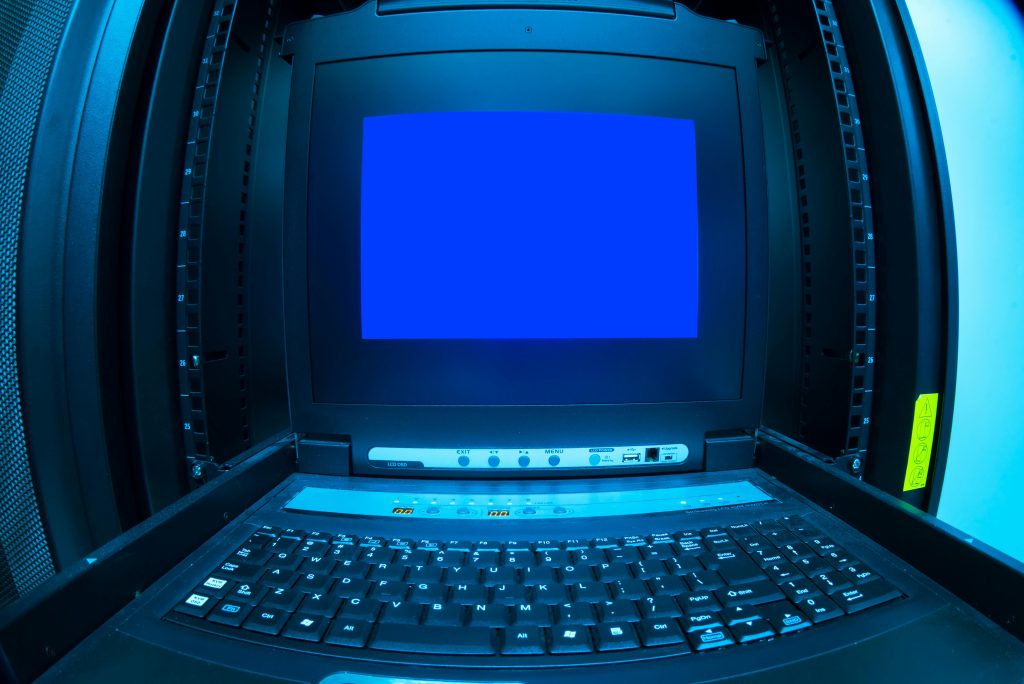Title: Unraveling the Mystery Behind Sudden Freezes on the 2024 ASUS ROG Zephyrus G16
In the world of technology, laptops like the ASUS ROG Zephyrus series are renowned for their performance and reliability, particularly among gamers and professionals. However, even the best hardware isn’t immune to occasional glitches. An issue reported by some users of the 2024 ASUS ROG Zephyrus G16, equipped with a powerful Ryzen AI 9 processor, RTX 4060 graphics card, and 32GB of RAM, involves sudden and brief freezes during regular use, such as browsing the internet. Despite the laptop’s impressive specifications and performance capabilities, this problem raises questions about its underlying causes and potential solutions.
Understanding the ASUS ROG Zephyrus G16 Hardware
Before delving into the problem, it’s essential to understand what makes the ASUS ROG Zephyrus G16 such a powerhouse. Released in 2024, this model boasts advanced components designed to handle demanding tasks. The Ryzen AI 9 processor provides a balance of speed and efficiency, while the RTX 4060 graphics card is tailored for high-performance gaming and graphics processing. Complemented by 32GB of RAM, the G16 should theoretically handle multitasking, gaming, and productivity with ease.
The Problem: Sudden Freezes Without Heavy Load
Despite its capabilities, some users have reported that their ASUS ROG Zephyrus G16 experiences short freezes, lasting from 1 to 3 seconds, even when performing light tasks like browsing with Google Chrome. Such issues are perplexing, considering the machine’s specifications, and they tend to occur without any significant heat buildup or apparent overloading of system resources.
Possible Causes of the Freezes
- CPU Thread Spikes:
-
The user observed sudden spikes in usage on singular CPU threads. With the Ryzen processor, which boasts multiple cores and threads, it’s possible that certain background processes may occasionally monopolize individual threads. This can lead to temporary system hangs, especially if a critical system thread is affected.
-
Background Processes and Software Conflicts:
-
Unwanted background processes or software conflicts can strain the CPU, leading to temporary freezes. Applications running in the background, such as updates or scheduled scans, might coincide with active tasks, causing interruptions.
-
Graphics and Display Settings:
-
Issues with graphics settings or the connection to an external monitor, like the mentioned ultrawide 1440p 100Hz screen, can also result in stuttering. Incompatibilities or incorrectly configured display settings could be contributing factors.
-
Thermal Management:
-
Although the user notes that the laptop doesn’t overheat (with GPU temperatures idling around 50°C), imperfect thermal management could still impact performance. High-performance laptops require efficient cooling systems, and any malfunction or inefficiency can lead to temporary performance hiccups.
-
Driver Problems:
-
Outdated, missing, or corrupt drivers for critical components—like the GPU, chipset, or even input/output devices—can cause unexpected freezes. Ensuring that all drivers are up to date is a crucial troubleshooting step.
-
Operating System Glitches or Corruptions:
- Operating system issues can also be a culprit. Corrupt system files or registry errors may sporadically affect system stability, leading to freezes.
Solutions and Troubleshooting Steps
- Monitor CPU Usage:
-
Use task manager or tools like Ryzen Master to monitor CPU performance and identify processes causing spikes. If a specific application is at fault, consider disabling it temporarily.
-
Streamline Background Processes:
-
Limit unnecessary startup programs and background processes. Tools like Windows Task Manager or System Configuration (msconfig) can help manage what starts with your system.
-
Review Graphics and Display Settings:
-
Ensure that the external monitor settings align with the laptop’s specifications and update or reinstall the graphics drivers if needed. Using proprietary display drivers rather than generic ones can also optimize performance.
-
Maintain Cooling System:
-
Regularly clean the laptop vents and fan to prevent dust buildup, which can impede airflow and cooling efficiency. External cooling pads can also aid in thermal management.
-
Update Drivers and BIOS:
-
Regularly update drivers through the official ASUS website or through Windows Update. Also, check for any BIOS updates, as manufacturers often release updates to fix hardware compatibility issues.
-
Check for System and Software Updates:
-
Keep Windows updated to ensure you have the latest security patches and system improvements. Additionally, consider using the System File Checker tool to repair corrupt or missing system files.
-
Advanced Troubleshooting:
- If the issue persists, more advanced methods such as rolling back to a previous system restore point, performing a clean boot, or even reinstalling Windows might be necessary.
Case Study: Resolving Performance Issues
Consider the case of a user named Alex, a graphic designer who heavily relies on their ASUS ROG Zephyrus G16 for high-resolution work. Alex faced similar freezing issues, especially when multitasking between design software and browser-based research. After employing some troubleshooting measures, Alex discovered that a particular browser extension was causing CPU spikes, and subsequently, system freezes. Disabling this extension led to a smoother experience.
The Role of Manufacturer Support
When faced with complex technical problems, reaching out to manufacturer support is always advisable. ASUS provides various support options, including online resources and customer service, which can offer personalized assistance. Reporting these issues also helps ASUS develop updates and patches to resolve widespread concerns.
Final Thoughts
In summary, while the 2024 ASUS ROG Zephyrus G16 is equipped with cutting-edge specifications, like any sophisticated machine, it isn’t immune to occasional technical hurdles. From CPU thread spikes to software conflicts, many factors could contribute to the sudden freezes users experience. By taking proactive troubleshooting steps and optimizing system management, users can often alleviate these issues and continue enjoying the robust performance of their ROG series laptops.
Share this content:




Thank you for the insightful post regarding the sudden freeze issue on the ASUS ROG Zephyrus G16. It highlights a challenge that many users face despite having top-of-the-line hardware. Here are some additional thoughts and insights that might help in addressing this problem:
Optimizing Power Settings: Ensure your laptop is set to “High Performance” mode in the power settings. This can help prevent the CPU from throttling down during light tasks.
Using Resource Monitor: In addition to the Task Manager, you can use the Resource Monitor to get more detailed insights into which processes are consuming CPU resources. This can help pinpoint misbehaving applications more effectively.
Check for Malware: Occasionally, unexpected freezes can be the result of malware or adware running in the background. Running a full system scan with reputable antivirus software can rule this out as a cause.
Review Installed Updates: Sometimes, recent Windows updates may introduce compatibility issues. If you’ve experienced freezes post-update, consider reviewing which updates were installed and if rolling back any could resolve the issue.
Stress Testing Hardware: Utilize tools like Prime95 or AIDA64 to stress test your CPU and RAM. This can help identify if instability in hardware is contributing to the freezes.
Event Viewer Logs: Check for any system logs in
Thank you for sharing the detailed overview of the issue with your ASUS ROG Zephyrus G16. Sudden freezes during light tasks can be perplexing, but there are several troubleshooting steps that can help identify and resolve the underlying causes: